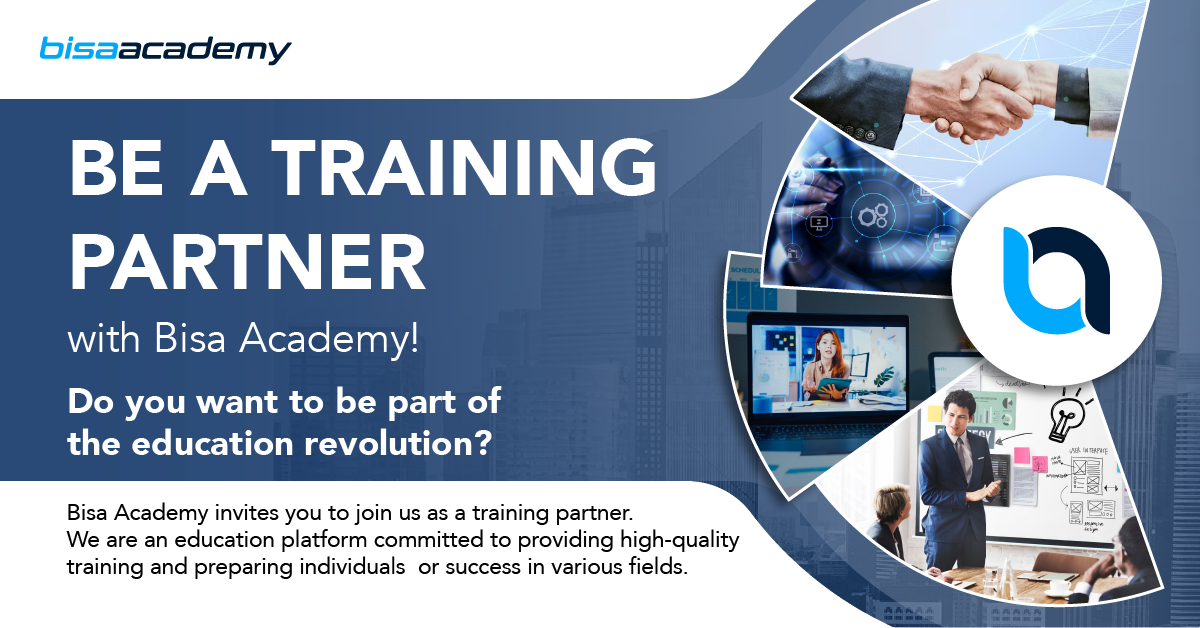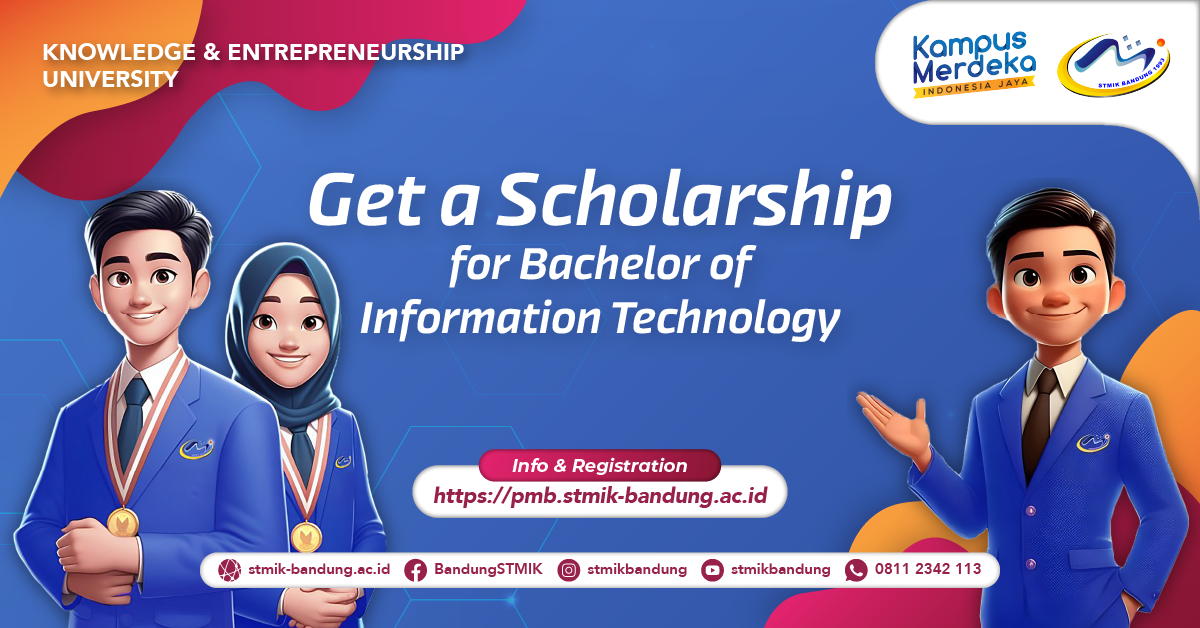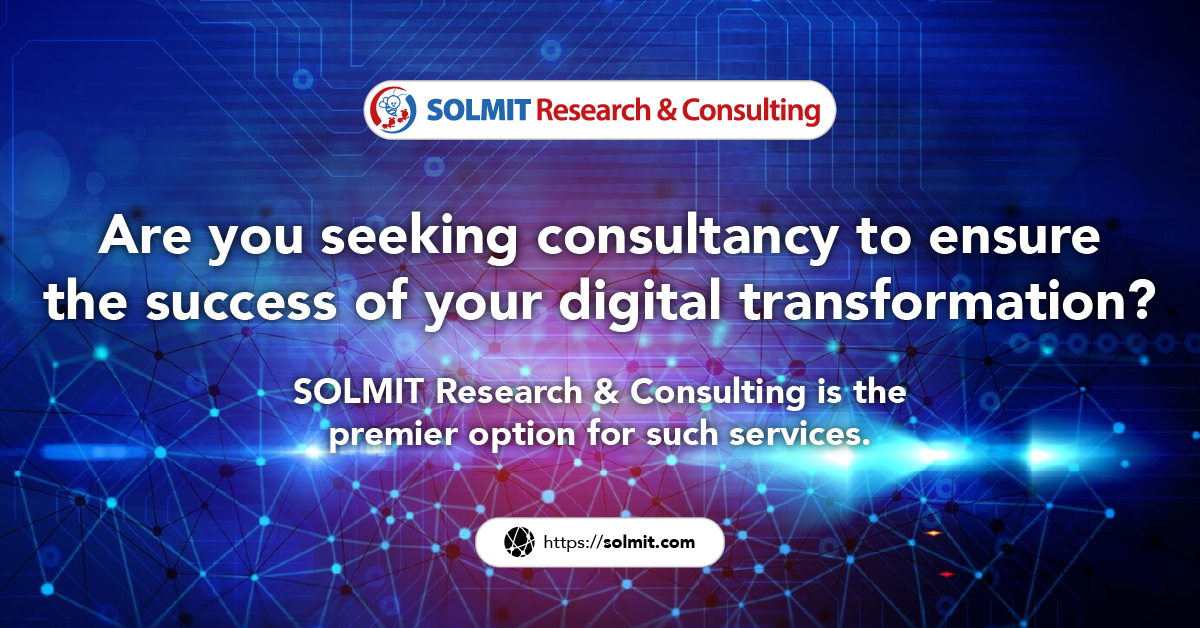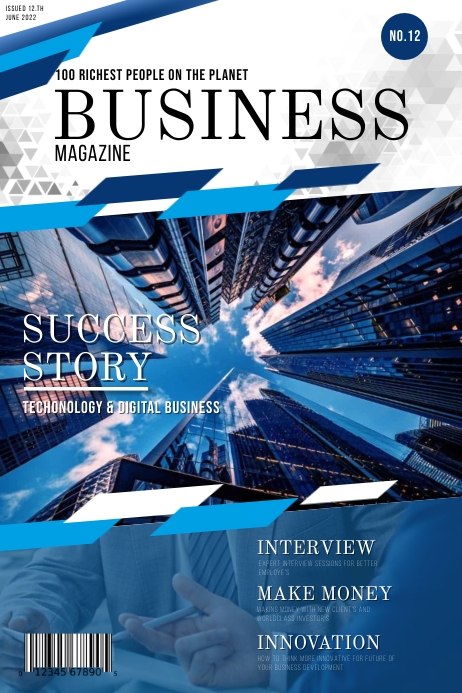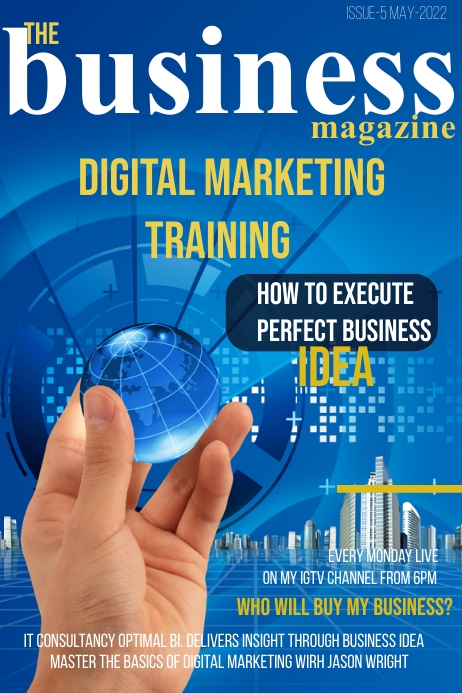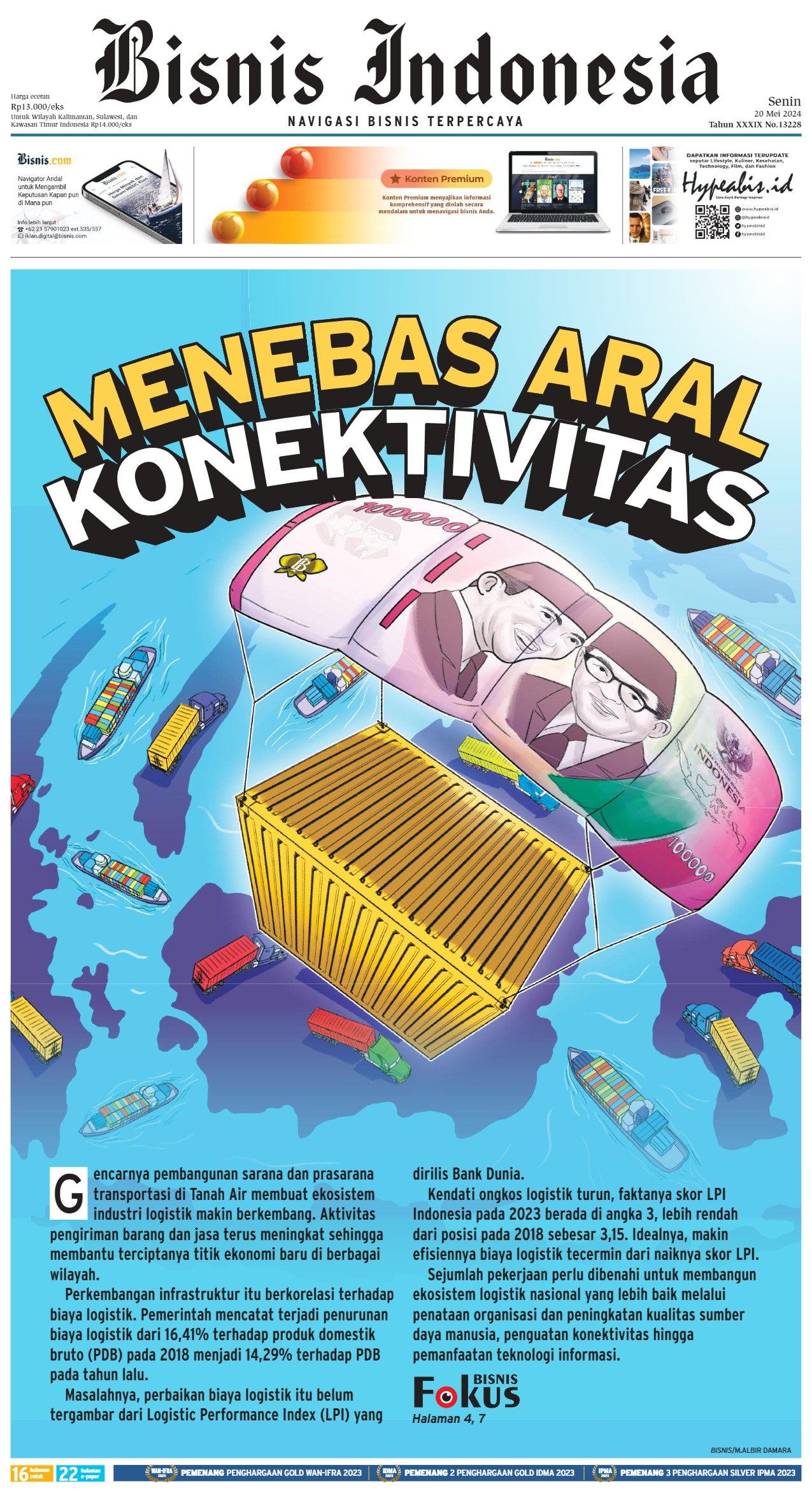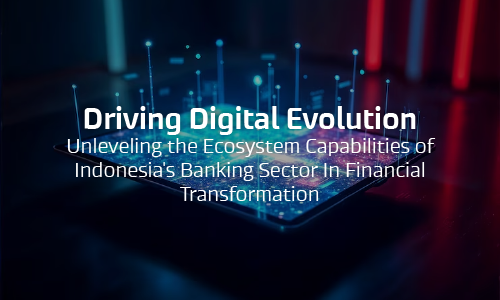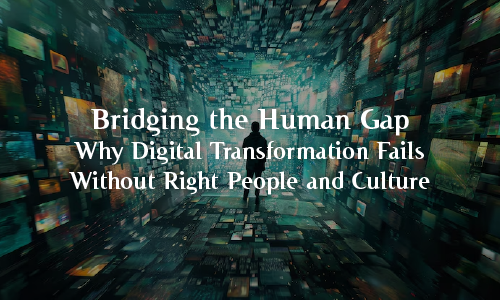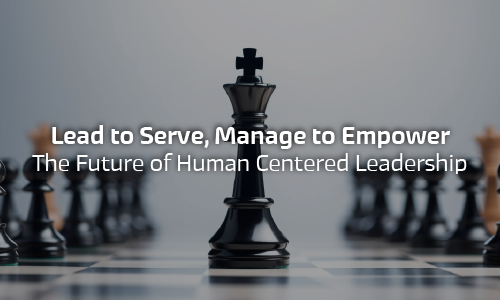
Summary: This article investigates the strategic integration of servant leadership and human capital management (HCM) as a transformative model for organizational effectiveness in the contemporary workplace. Servant leadership, a philosophy grounded in empathy, stewardship, and prioritizing the growth of others, contrasts traditional hierarchical models by reimagining the leader’s role as one of service. Meanwhile, HCM refers to structured organizational systems that manage employee acquisition, development, engagement, and retention, treating individuals as valuable assets whose growth drives business performance. By exploring the synergy between these two frameworks, the article argues that combining servant leadership’s relational ethos with the strategic discipline of HCM creates people-centered, performance-oriented work cultures. Through comparative case studies from both Indonesian and global firms, including Citibank, Unilever, DBS Bank, Netflix, and IDEO, the analysis highlights how organizations can enhance employee loyalty, creativity, and well-being while maintaining operational efficiency. The discussion outlines key cross-cultural contrasts between Indonesia’s informal, executive-driven implementations and the systematized, decentralized practices found in Western corporations. Despite these differences, successful examples illustrate that servant leadership can be embedded into formal HCM processes to foster trust, motivation, and sustainable development. The article further identifies potential challenges in aligning relational leadership practices with performance metrics, and offers strategic recommendations to embed empathy and service into leadership development, recruitment, digital platforms, and corporate culture. Ultimately, the integration of servant leadership with HCM is presented not as a soft option but as a resilient strategy for navigating complex human systems in the twenty-first century. Organizations that align emotional intelligence with systems thinking are better equipped to foster inclusive growth, increase employee engagement, and build authentic leadership legacies. This humanistic model has the potential to redefine what it means to lead, and succeed, in the modern organizational era.
Introduction
In the current landscape of organizational transformation, where employee retention and meaningful leadership have become strategic imperatives, traditional top-down leadership models are increasingly being questioned. This article delves into the intersection of two impactful paradigms: servant leadership and human capital management (HCM). Although originating from different disciplinary roots, both frameworks emphasize the centrality of the individual within organizational ecosystems. Through a comparative analysis and global case studies, this article proposes that the integration of servant leadership with…
